Products
Forbo Flooring Systems takes pride in offering a truly comprehensive portfolio of flooring products. Each product is specifically designed to cater to the unique needs of every area in a project. From entrance to exit, whether it's a new build or a refurbishment, our integrated flooring portfolio can assist you in selecting the perfect flooring solutions for your project.
-

Marmoleum
Explore
-
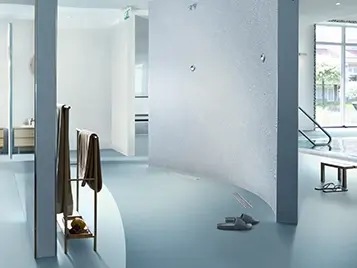
Step safety & wetroom flooring
Explore
-
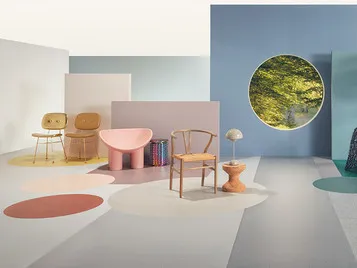
Homogeneous vinyl
Explore
-
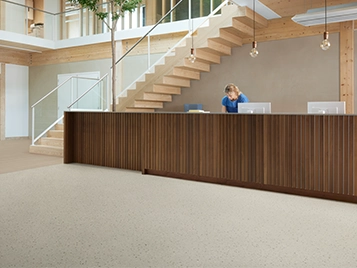
Heterogeneous vinyl
Explore
-
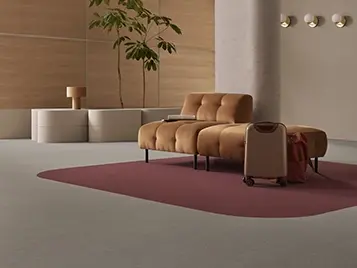
Flotex flocked carpet
Explore
-
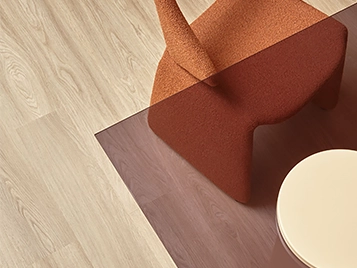
Luxury vinyl tiles & planks
Explore
-
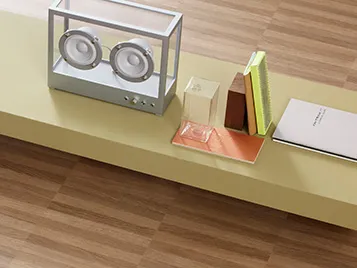
Acoustic flooring
Explore
-
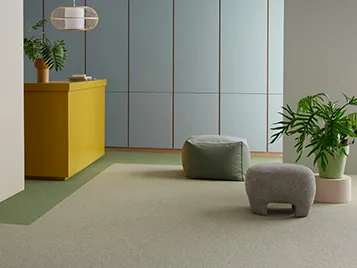
Carpet tiles
Explore
-

Static control & cleanroom flooring
Explore
-

Entrance matting
Explore
-
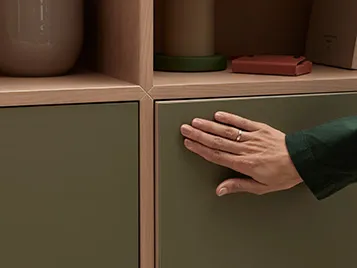
Non flooring products
Explore
-
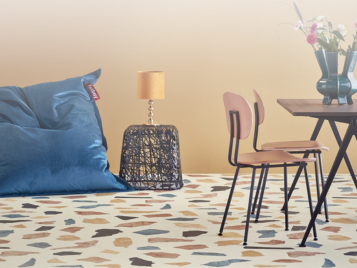
Custom flooring
Explore
-
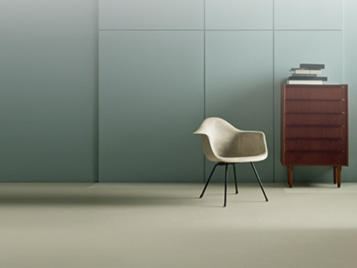
Flooring for your home
Explore
-
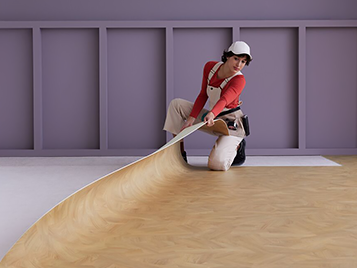
Fast flooring
Explore
-
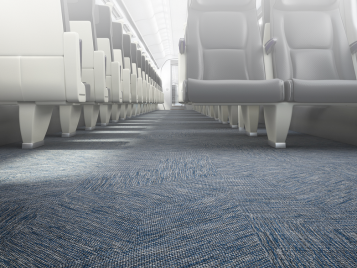
Transport flooring
Explore
-

In Stock Australia
Explore
Need to order a sample or help with specification? We are here to help you!